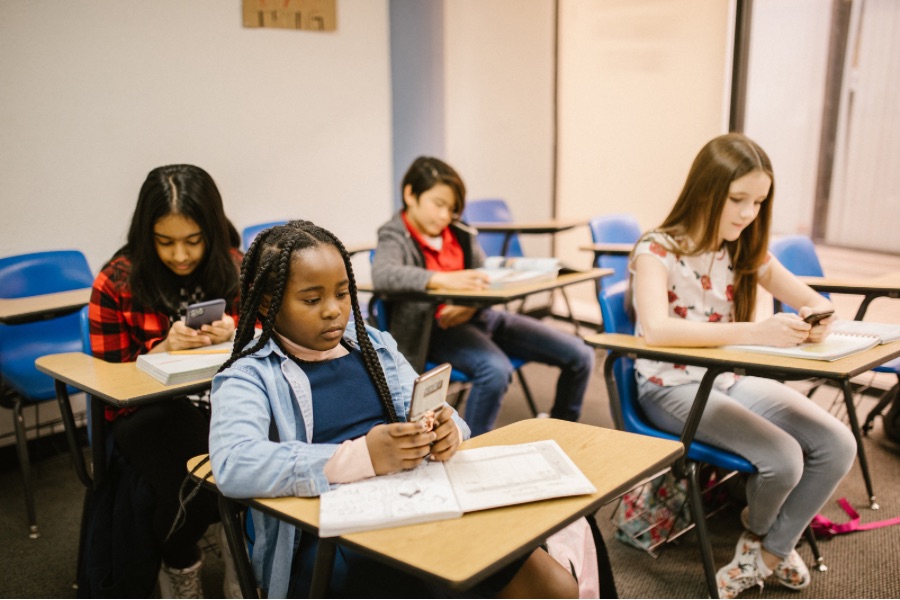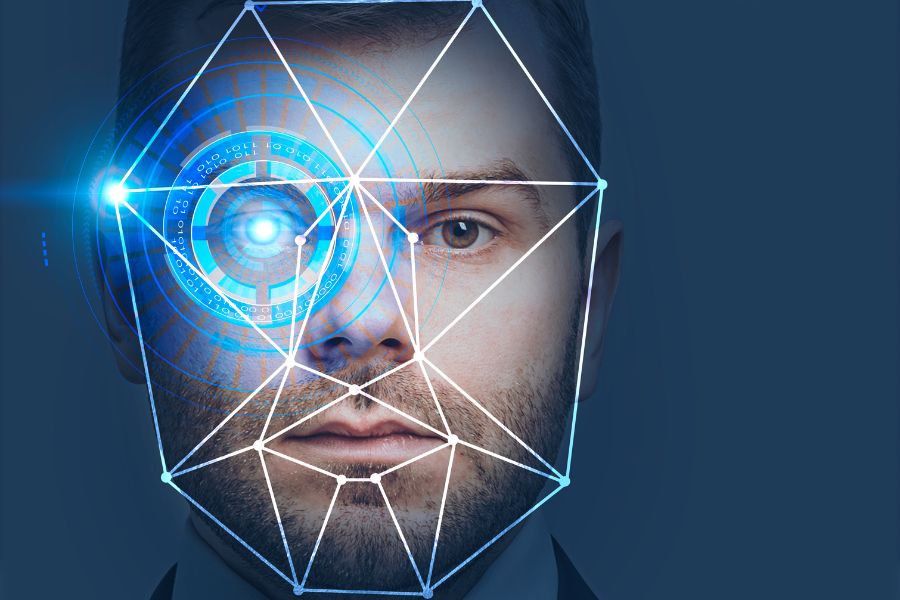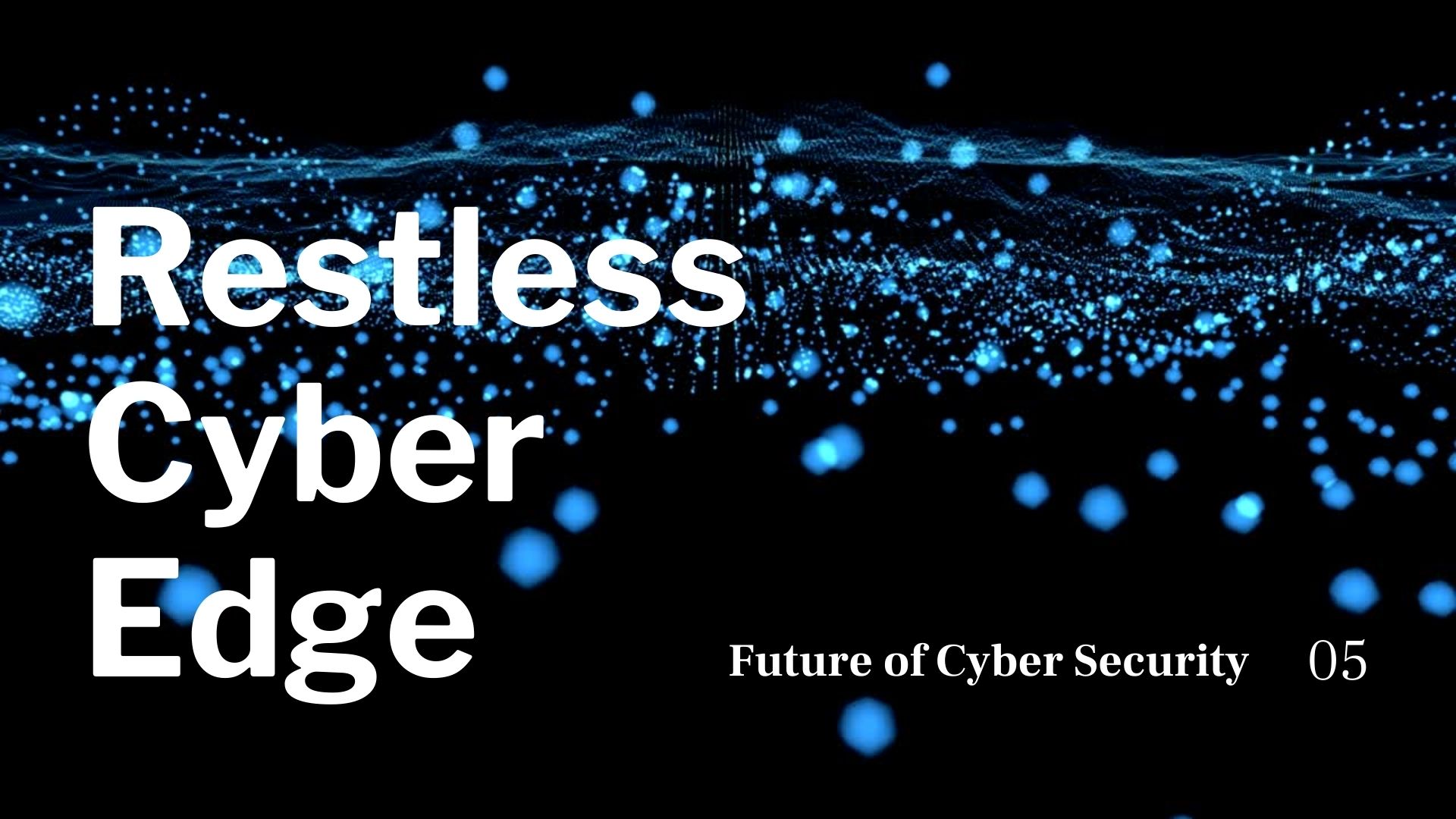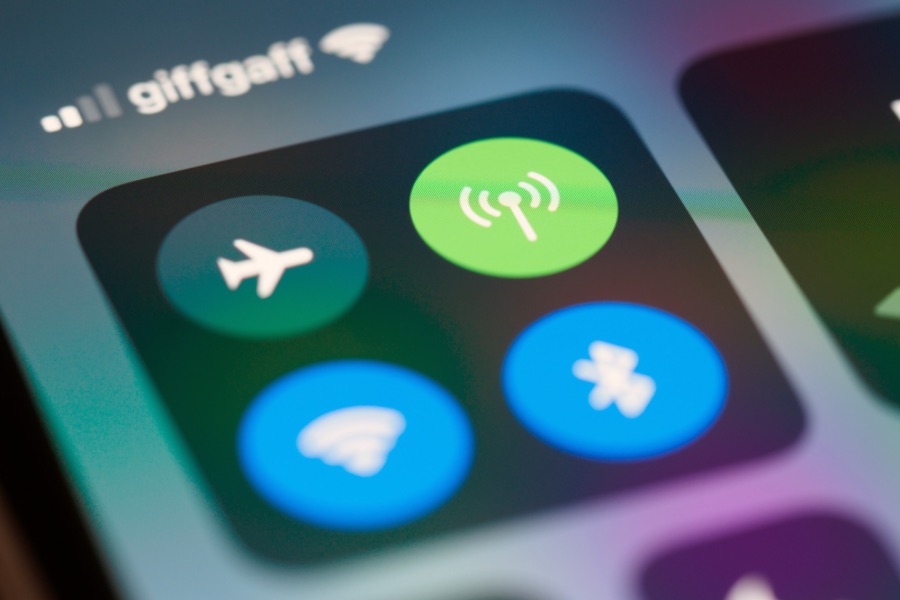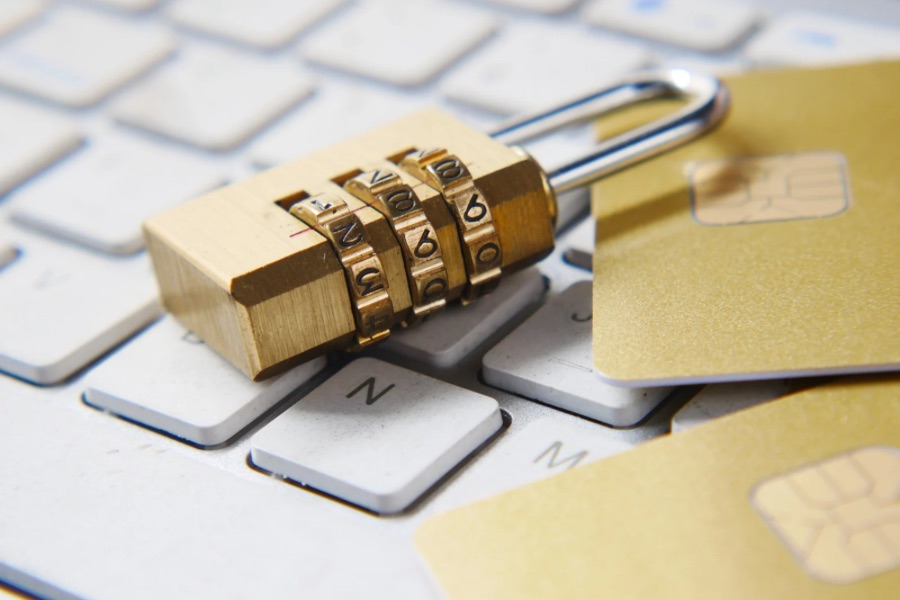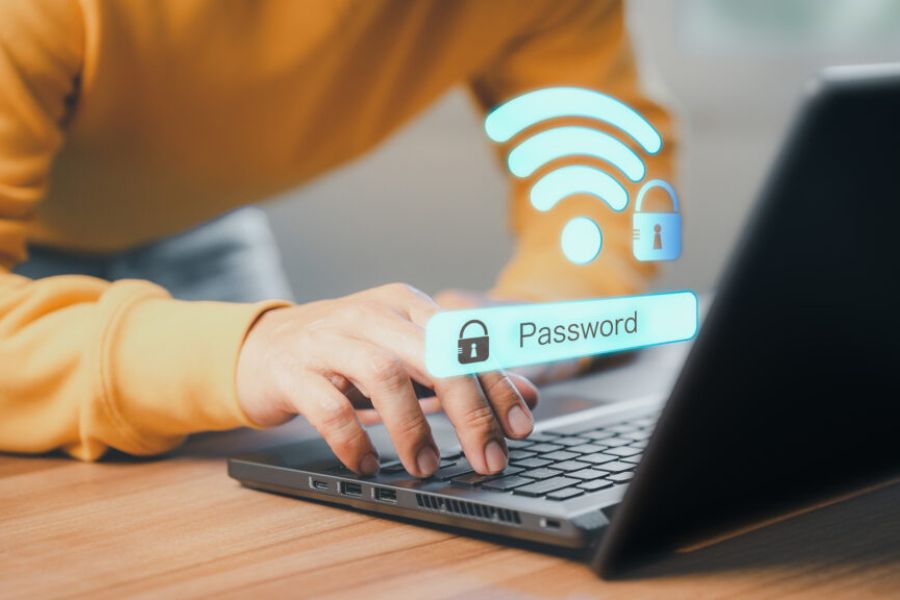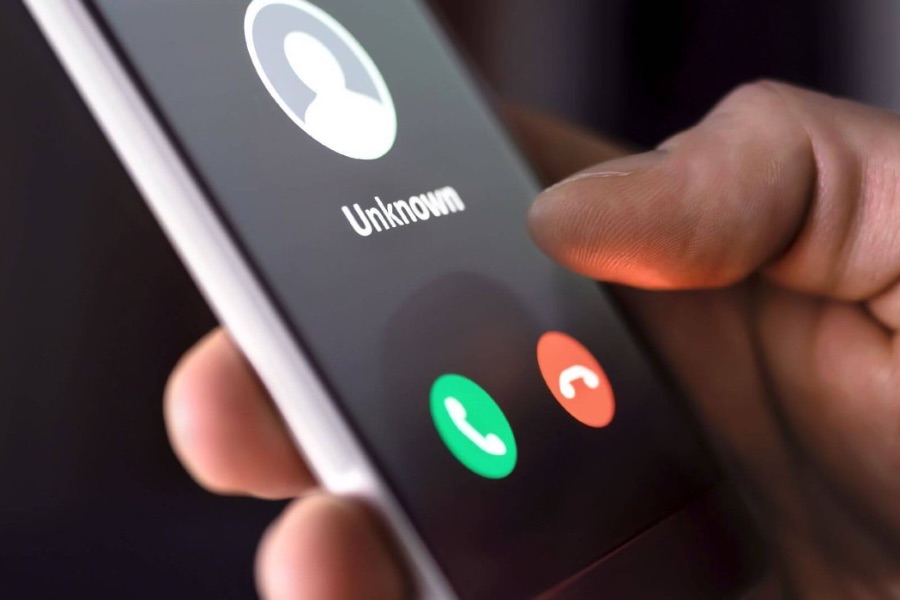👩🏫 What Is Cyberbullying?
Cyberbullying is any intentional act of harassment, humiliation, or intimidation conducted through digital channels like social media, messaging apps, and gaming platforms.
- Spreading rumors or gossip
- Public shaming and exclusion
- Impersonation or identity theft
- Sharing private messages or photos without consent
📊 Why It Peaks During Back-to-School
- New peer dynamics and classroom changes
- More time spent online and on devices
- Social pressure and fear of missing out
🚨 Signs of Cyberbullying
- Withdrawal from devices or platforms
- Changes in mood or behavior
- Drop in grades or school engagement
- Secrecy about online activity
🛡️ How Adults Can Help
- Start regular, open conversations about digital behavior
- Set family rules for respectful online communication
- Encourage screenshotting and reporting abusive content
- Partner with schools for digital safety programs
💡 Recommended Tools
- Bark, Qustodio, or Net Nanny for monitoring
- Google Family Link or Apple Screen Time for limits
- StopBullying.gov for resources
🧠 Cyberbullying doesn’t always leave physical bruises — but the emotional scars can last a lifetime. Let’s protect our kids online, just as we do in real life.
It can also be beneficial to check out this ebook by UNICEF about cyberbullying here.
✋ Speak up. Reach out. Don’t scroll past.

